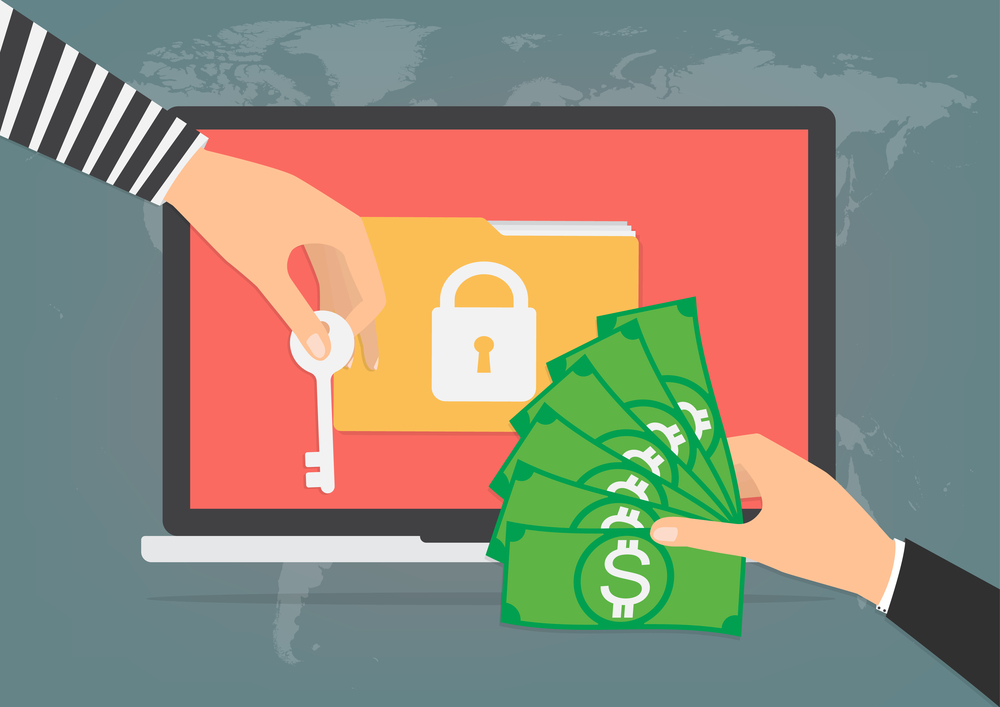Augment your cloud backup to reduce ransomware risks
Ransomware has emerged as one of the most persistent threats to mission-critical business data—research group Cybersecurity Ventures describes it as an “epidemic.” But there’s preventative medicine you can take to keep the bad guys from holding your information hostage.
The rising tide of ransomware
Ransomware is of a part of a dramatic rise in cybercrime that IT forecasts are struggling to even keep track of, according to the 2018 Cybersecurity Market Report. It’s part of a wave of malware that’s shifted away from PC and laptops to smartphones and other mobile devices. Mix in billions of vulnerable Internet of Things (IoT) devices and hackers who are just as good as automating and embracing best practices as any leading edge business, and organizations are facing an exponential increase in cyber-threats.

Ransomware has emerged as one of the most persistent threats to mission-critical business data—research group Cybersecurity Ventures describes it as an “epidemic.” But there’s preventative medicine you can take to keep the bad guys from holding your information hostage.
Last fall, a new strain of ransomware hit at least four organizations in Canada. Dubbed Ryuk, it targeted healthcare organizations to lock up their data. Municipalities were also popular targets, prompting the Ontario Provincial Police to issue an advisory, noting that paying ransomware attackers only encourages further criminal activity, and there’s no guarantee that payment will restore the encrypted data.
Ransomware requires more redundancy
Ransomware attacks enter an organization’s computer systems through inadvertently downloaded malware. Files on the first machine are encrypted and the ransomware quickly spreads through the organization’s network—every connected system is vulnerable. The data is then held hostage by the threat actors who only provide the encryption key, usually through a cryptocurrency such as Bitcoin.
While backing up data is a partial remedy to the ransomware scourge, it’s also a case where the cloud doesn’t necessarily provide the cure. The problem is that it’s still on the network, and even if you’ve turned to a partner for cloud-based backup, the ransomware can easily spread from your infected system to theirs. The more real-time your backup intervals, the more quickly all your business information, including offsite data, becomes encrypted by hackers and inaccessible.
Ransomware requires more redundancy than just putting a second copy in the cloud. You need to augment it with tried and technology that’s often be written off as obsolete—tape backup.
Offline backup is the best cure for ransomware
Ideally, you want to prevent ransomware and keep it from entering your organization and getting a chance to spread in the first place. But like any potential disaster that disrupts business operations, you should assume it’s a matter of when, not if, ransomware will strike.
Regardless of your organizational maturity with respect to cloud backup adoption, you or our cloud backup provider should be integrating tape backup into your disaster recovery planning. Augmenting your cloud backup with tape means you’re fully prepared for ransomware if it strikes because it guarantees you have an offline, reliable and recent backup of your mission critical business data that’s immune to attack.
Whether you opt to do it yourself, or have your cloud provider implement it, your tape backup should always be disconnected from your primary and backup networks to insulate it from ransomware. Ultimately, you want to have three separate copies of your data, store it on two different storage media, and have one copy completely offsite.
Tape is tried and true, and better still it’s one of the cheapest storage media around, so it’s better to pay that small price than the hefty cost of losing your business to ransomware.







